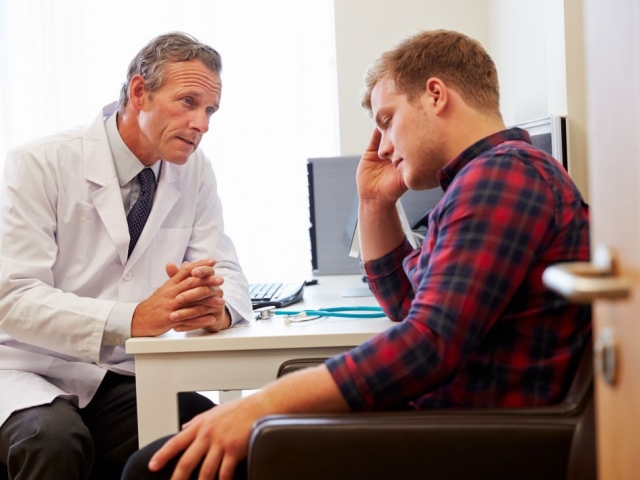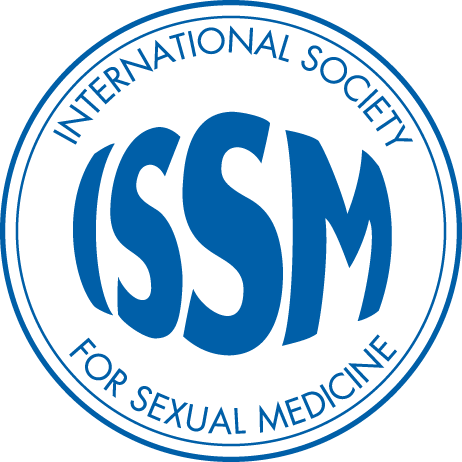
A Review of Post Orgasmic Illness Syndrome and Potential Treatment Options

Background
Post orgasmic illness syndrome (POIS) is a rare and poorly understood condition which is currently characterized as individuals falling ill following orgasm, usually continuing to feel ill for 2-7 days after. Currently, there are fewer than 100 reported cases in existing literature, and those reported have primarily been male patients. POIS has been reported to affect sexual function and satisfaction, making it an interesting new topic in the world of sexual medicine.
Current widely recognized diagnostic criteria:
- Symptoms must occur immediately or within a few hours of ejaculation or orgasm,
- Symptoms last 2-7 days,
- Symptoms occur nearly always,
- Symptoms disappear spontaneously.
- Symptoms must fall into at least one out of seven clusters:
- General: extreme fatigue, exhaustion, irritation, photophobia, depressed mood
- Flu-like: fever, warmth, chills, perspiration
- Head: headache, fogginess, heaviness
- Eyes: burning/redness, blurry vision, pain, irritation, itching
- Throat: dry mouth, dirty taste, sore throat, tickling sensation, hoarse voice
- Muscle: tension in back of neck, weakness, pain/stiffness, heaviness in legs
Review Objective
Evaluate current treatment modalities for POIS and compile solutions that have been studied and tested.
Methods
- Researchers conducted a database search in June 2024 of PubMed, Scopus, and Embase, resulting in 14 total studies utilized.
- Search keywords included “post orgasmic illness syndrome”, and “post orgasmic illness” plus “treatment”, “management”, “replacement therapy”, “medication”, “pharmacologic”, “drug”, “surgery”, or “procedure.”
- Outcome measures included improvement in symptoms associated with orgasm and improvement of sexual dysfunction.
Key Results/Analysis
- Treatment was primarily based on the presenting symptoms more than etiology or pathophysiology.
- Symptoms improved mainly with pharmacologic and procedural treatments:
- Antihistamines were successful in one patient with flu-like, nose, and throat muscle symptom clusters, and one patient with symptoms in the general cluster, but not in all patients from the case reports mentioning antihistamines.
- Hormone modulators and hormone replacement provided symptom improvement in one patient with flu-like cluster symptoms, and several other males presenting across all clusters.
- Certain serotonin-receptor modulators were successful in symptom relief.
- One female with head cluster symptoms found improvement with Naratriptan.
- One male, in combination with antihistamines and hormonal treatments, was provided with symptom improvement for his general, flu-like, nose, and muscle symptom clusters.
- Prednisone provided relief to patients with symptoms across all clusters. In combination with mycophenolate mofetil, provided relief to one patient with symptoms in all clusters, although there were significant side effects.
- Omalizumab provided complete symptom resolution to one male with head cluster symptoms.
- Calcium channel blockers showed relief for one patient with head cluster symptoms.
- Adrenergic antagonist silodosin showed relief in most patients in the study, for symptoms across all clusters.
- Autologous semen inoculation provided an improved overall quality of life for two men with symptoms in many clusters.
- An epididymectomy and bilateral vasoligation provided relief for one patient but did leave him infertile.
- Unsuccessful treatment methods:
- Analgesics were found to have insignificant effects in all female patients.
- Transcutaneous electrical nerve stimulation was found unsuccessful for one female patient with general and flu-like symptom clusters.
- Most of these treatments were successful in individual cases, but more research is needed for generalizability across patient groups.
Key Takeaways
- It’s important to examine POIS symptoms as experienced by the individual patient, in order to provide the best care plan for them.
- Symptom clusters may predict how patients will respond to certain treatments, although this remains partially unclear.
- Researchers emphasize that further inquiry into etiology may provide a clearer look into treatment that works across the board.
Resources
- Ponce, S., Chapalamadugu, M., Levine, S., Stokes, C., Radillo, K., Johnson, O., Bronson, I., & Rubin, R. S. (2025). Treatments for postorgasmic illness syndrome: A systematic review. The Journal of Sexual Medicine, 22(7), 1236–1243. https://doi.org/10.1093/jsxmed/qdaf112

